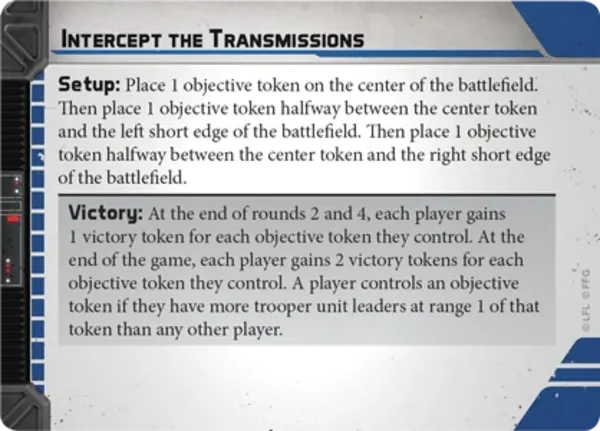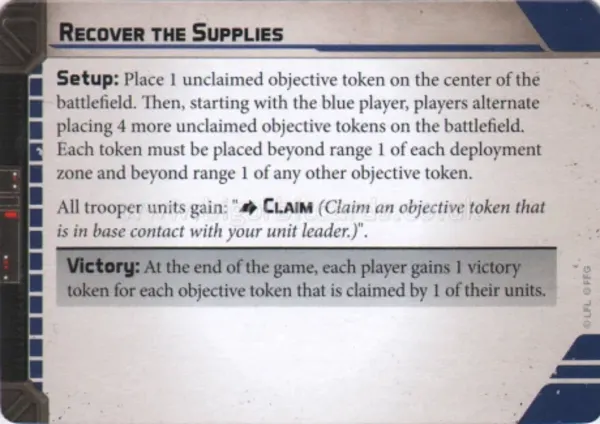Let’s take a look at another common reason to find yourself with a big L at the end of a hard fought match.
You asked for more of this, and it wasn’t just in the comments. My last article already has way more hits than my Fluttercraft Unit Guide and I wrote that almost two years ago. What does that tell me? Obviously…it’s just more people need to read my Fluttercraft Unit Guide. I actually just updated it to show how you can use magnets to make traveling with one feasible, click here to go right to it if you’re cultured curious!
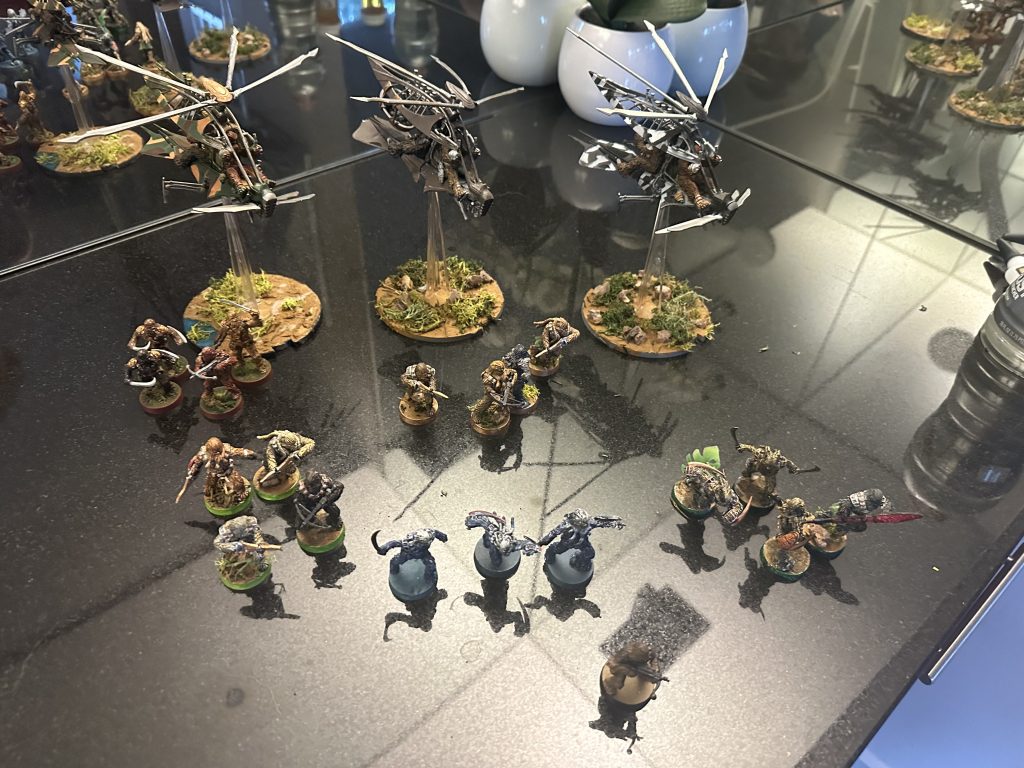
Won a store champs a month ago! The most beautiful squad I’ve ever ran, so few models so many wounds
However, some might say that what it actually tells me, is that the people who clicked on this article and are still reading it are willing to do something that is important but is not always easy: honest introspection. I’m going to get more into the concept of bias and its effect on learning from mistakes in my third and probably final article in this series, but for now just pat yourself on the back that you’re willing to think about doing it by reading this. Remember, you have to be able to see a flaw if you want to mend it.
In my first article we got into the concept of “The Fight” and pointed to key examples of what happens when players don’t know how to navigate it against those that do (they lose, pretty much every time). This time, we’re going to zoom out a bit to talk about…
The Win Condition
We’re going to once again skip over the Battle Cards aspect of Turn 0. This particular topic already has quite a lot of content out there, such as this by our own AJST, or this recent episode of Notorious Scoundrels and I don’t want to recycle it. The short version: you want to pick the cards that give you the easiest win, but to determine that you need to understand your win conditions beforehand. Therefore, we’re going to start our thought experiment assuming you made the best choices already and it’s time to start deploying armies and placing tokens.
I promise I’m not assuming you’re a moron, but I’m gonna define “win condition” because there’s an important element that’s easy to forget:
“The series of achievable events that is most likely to win the game based on the current game state.”
It’s that last part that can mess players up. Sometimes, from the very beginning, a player doesn’t have eyes on their win condition. Sometimes, they aren’t able to adjust quickly enough when their win condition changes. Satisfying your win condition means making a crapload of decisions correctly (perhaps just more correctly than your opponent) but we can still make an extremely important and universally binding observation, or rather, a question that players should nearly constantly be ask themselves:
“Am I on offense or defense?”
In nearly every scenario, at least one of the two players is going to start the game in a state where it behooves them to at the very least angle towards moving towards either the enemy or an objective. I say “nearly” every scenario because there is the relatively rare but possible instance where a draw is decently likely (sabotage/hostage/bombing run/payload when both players have the same army cost) and both players equally benefit from a draw. Since that situation is very rare (usually a draw is going to hurt one player more) we’ll just ignore it for our purposes. I say “at least one player” because there are some scenarios where both players are incentivized to move forward (more on that in the objective focus below).
The offense/defense judgment is one that shapes an entire game, especially when both players are relatively experienced. Luckily, it’s usually not one that’s overly complicated. You can boil it down to two questions, if the answer is “yes” to both then you should have a defensive mindset.
- If I consolidated into a defensive position and none of my units die for the rest of the game, would I win after victory points are tallied?
- If I consolidated into a defensive position, would that make me more likely to win the fight if my opponent came towards me?
The latter question is usually “yes” because just as in classical warfare it is easier to defend than attack when both armies are constructed equally. But what if you’re playing a list that is more melee focused such as a melee wookiee or ewok spam battle force? If your opponent has a typical range 3 gunline, they’re going to line up at exactly range 3 to smoke one unit then bug out, and now all the sudden you’re going to lose if VP’s are tied. There are other factors that matter here such as armor, but generally I think of the distance and strength of ranged firepower as the main factor where an army can be at a “fight” disadvantage by turtling. I apologize if this is obvious, but you don’t “want” to be on offense, because being on offense basically means that you’ll lose if nothing changes. If you’re playing for keeps, even that melee wookiee rush list will happily spend the entire game standing still if they could do so with complete safety (behind LOS blocking terrain for example).
At the time this article is written, the top list in the meta is Yoda/Padme. This is a list that is designed to start the game on defense and stay that way. Remember, in a game where victory points AND points destroyed are equal, the winner will be the player that is closest to 800. The Yoda/Padme list is purposefully 800 points to remove the possibility of losing a game due to this rule. Furthermore, the combination of barriers, shared dodges, the ability to range 5 poke, extremely potent range 3 threats, the presence of a jedi who can cheat in multiple ways, and red saves make it really really really hard to attack into. This is the essence of why it has been so successful lately. There are answers of course, but you need to plan ahead…and if you’re curious about how, I’d suggest you check out this week’s episode of Notorious Scoundrels.

“Think Quick you will….ok, Think Quick you will again”
As we continue, remember that this judgment of “offense or defense” is fluid. As the game state changes from unit death or scoring, the balance can shift back and forth, and players must be able to adjust if they want to win after losing ground.
Understanding how each objective drives the win condition
Legion has 8 objectives and it’s important to know the basics about how each of them drives the win condition and the offense/defense balance. For the sake of expedience I’ll use the short hand of the “high bid” player (farthest from 800 army points) and the “low bid” player (closest to 800 army points). Also, before y’all start “well actually”-ing about Bounty and Secret Mission I’m gonna get to that after we hit the objectives.
Equal Opportunity Scoring Objectives
These are the objectives where each player can score up to X points and the scores are technically independent of what their opponent is doing. The player on offense will also usually flip in these objectives once the first activation has been killed, so keep that in mind.
This is the simplest equation out of all the objectives: the high bid player has to be on offense because the objective itself favors turtling up and hiding in your zone, and if they do nothing they’ll lose.
Usually, the high bid player has to be on offense because usually the opportunity to score is truly equal…mostly. Unfortunately, in one of the few anti-fun rules changes we got early this year, the payloads can’t move over anything taller than a barricade now. This means the combination of map and deployment can screw over one or both players from even having a chance to touch the objective and score. I hope they’ll change it back some day, I used to love payload, now it feels like maintaining your yard with a push mower.
Setting that aside, the Red player has a particular advantage here: if they are also the low bid player then they can choose an objective marker for their opponent that is far away from their own payload’s path. This will mean that your opponent, who will start the game on offense, will have to leave at least one unit behind in order to attack into you. As above, this is list matchup dependent, but it does give an interesting angle to the objective.
The high bid player is on offense. However, the actual tactical decisions for the low bid player are more nuanced than in in Hostage Exchange because the nature of the objective means that you need to move towards your opponent’s deployment zone to score. That doesn’t always mean you have to move towards your opponent though. On Battle Lines or Danger Close for example it’s very easy to imagine scenarios where neither army gets even within range 4 of each other but everyone scores all the points. On Long March though? You’re gonna at least get into spitting distance, which makes kill points ties relatively unlikely.
I realize that this is technically a competitive-points objective but functionally it is equal opportunity. The high bid player is on offense. This one is also a little more nuanced than Hostage Exchange when it comes to tactics because there are some lists that can win on offense without actually doing any fighting. The best example would be a list with both a jedi and a fast unit with jump, since they can pull a turn 6 move where you force push an activated unit off a vaporator then move in and touch it once to shift the VP’s in your favor. In the current meta lists like that are rare (Maul and Mandos would be the most likely), but it will be something to watch out for relatively soon…a list with Assajj and a geonosian warrior could pull this trick with relative ease.
 *
*
The asterisk is there because while both players have equal opportunity to earn points up to their activation count, the activation count is usually not the same. Therefore, the low-activation count player is usually on offense, but if activations are tied then the high bid player is on offense.
Competitive Scoring Objectives
In these objectives, a score is always at the expense of the opponent’s opportunity. Activation kills may still shift the balance, but not with the same regularity that they would in the previous objectives.
Both players begin the game on offense but that will usually have changed by round 2, when one of the players goes up 2-1. Sometimes, there will be a tie in the middle so no one scores it, though usually this means kill points are about to favor one player or the other. A more interesting nuance is that a list that excels at winning ranged fights can have a win condition that relies on giving up the middle in the early and even mid game while concentrating more on winning the actual micro-battle around the center. Then it can rush a depleted enemy army with your more-intact one to force a tie on VP’s and win on kill points. This is possible because of the fact that the scoring in the final round is doubled, meaning that a list that scores on one token for the first four turns then scores two on the final turn will have 6 VP’s, the same as their opponent. All that said, if your opponent gives you the opportunity to consolidate your superior gunline in the middle rather than the edge, you should probably take it.
At any given time, the player with the inferior “turn 6 rush” is on offense. Here’s where I pause and say “sorry I keep using my own personal vocabulary” and then continue to do it anyway because it’s my article damn it. The nature of Key Positions, where only one player can score each point (no players score on a tie) and that score only happens at the end of the game, makes the “turn 6 rush” a unique and interesting aspect of the game. One could write an entire article about this, but the short version is that there’s a boat-load of factors that go into the turn 6 rush including:
- How many units for each player that could score at all
- Suppressing or killing enemy units that could score
- Killing or panicking units that are already scoring
- The amount of space those units take up
- Having more units that take up more space
- Force push/Command Cards that move enemy units
- Blocking with vehicles or the other minis in a trooper unit
- Immobilize tokens
- Rushing the back objective with speeders
As you can see, there’s a lot to consider! However, at any given time, there is basically always a player whose turn 6 rush is gonna be worse if it happened right then. That player therefore needs to figure out a way to flip that, by a combination of positioning and attacking, if they hope to win. The player who has a superior turn 6 rush should have a more defensive mindset, using LOS to hide when possible and only starting fights that are more likely than not to make the turn 6 rush advantage even larger.
This one is maybe the most complicated out of all of them because the balance can shift very heavily in the last turn if, for example, one player sends a flanking Jedi after two cowering strike teams in the back. Let’s assume both players are capable of safely grabbing and securing their two “home” boxes since this is usually the case. I think of this similarly to key positions, except that instead of a “turn 6 rush” it’s a “safe grab” that can obviously happen on any turn. Here, the player who has an inferior “safe grab” of the center box is on offense.
Does this always mean that the player who has a unit closer to the middle is always in the best position? Hell no. If you infiltrate Cassian onto the center box as blue player directly in front of a gigantic gunline, he will die, and you will have earned it with your shenanigans. If he can do so safely (moving far enough away or into LOS blocking terrain to live), however, then it’s a different story. Though Recover doesn’t quite have the same variety of tactics as Key Positions when it comes to gaining advantage, there’s still a few such as using fast-movers like Mandos or Geonosians (remember, you can use that free Jump to get ON to the box, then grab it, then move again) or utilizing out-of-activation movement tricks with Yoda, Palpatine, or a variety of command cards.
When neither opponent has any real “tricks” of note to make it easier to grab that box and run away (assuming neither deploys too far away from the center that is), this objective basically becomes “Win the Micro-Battle in the Center: The Objective” since it usually doesn’t make sense to grab the box until so many opposing units have been messed up that they can’t punish you for it anymore.
Bounty and Secret Mission
This might sound weird because Bounty is just so much more common at the moment this article is written, but I feel like Secret Mission is more likely to shift the offense/defense balance before deployment. Why? Bounty, by its very nature, is dependent on attrition. The first half of the rule is that the target is dead by the hunter’s hand and the second half is that the hunter is still alive when the game ends. In a game of hostage where Boba Fett zooms in to kill a generic rebel officer at the end of the game, but no other units die, then the Boba player would have won anyway. This isn’t to say it’s not meaningful, it obviously can be a way to win a game when the rest of your army is actually losing the fight and you’d otherwise be tied on VP’s…but I don’t think this scenario is actually all that common. After all, the strength of the bounty keyword was not enough to make Boba Fett a common choice before his errata last year, because he still performed below his price point when it came to the same way every other unit contributes to win conditions.
Secret Mission is another story entirely. That’s because secret mission can truly shift which player is on defense before any units are deployed. This does vary between objectives of course, but the closer the score is likely going to be, the bigger difference it is likely to make, even if zero attrition occurs. No matter what your bid is, you’re going to win if you have secret mission on Payload/Bombing Run/Hostage/Sabotage if no one gets killed and everyone just does their own thing in peace. If you have secret mission AND a low bid, you can even win on Key Positions, Recover the Supplies, and being one activation down on Breakthrough if no shots are fired. Only in Intercept, where the nature of the objective means that ties on both VP’s and points destroyed are extremely unlikely, does this keyword tend not to matter much. Luckily for all you bad guy players, however, Secret Mission still isn’t very good in the current environment because…
A) From day one it’s been telegraphed and is often easily counter-able because of how exposed/vulnerable its user usually has to be (maybe this is a hot take, but I’m a physician not a physicist, you tell me how hot it is)
B) It’s especially risky when there’s bounty everywhere
That said, Yoda for Republic and the bus for Rebels can make it viable (a Yoda/R2 list won Gen Con after all) but it takes a lot of skill and some luck to pull it off.

B0-F8 will take your secret missions and your bounties thank you
Putting It All Together
Deployments and (much less) Conditions can affect the win condition as well, but they’re mostly just modifiers to your tactics. The biggest example against this is that if opposing two dark troopers are allowed to utilize Rapid Reinforcements then things will often go bad for you, but this is why you will usually have banned that. Otherwise, they don’t often change the win condition, they just may make it easier or harder to achieve.
When you consider all of the above, and combine it with the knowledge that the list is very good at winning fights (on defense anyway), a key reason for the current dominance of the Yoda/Padme list becomes clear. There’s no such thing as an average list or an average map, but we can use Blizzard Force (which used to be the bully of the meta), which nearly always takes a big bid, as an example. Specifically, we’ll use Olly Dier’s MKGT winner and its battle deck.

Here are the ways the win conditions would be likely (my opinions obviously) to shake out for each player on each objective:
| Objective | Blizzard Force (high bid) win condition | Yoda Padme (low bid, 8 acts) win condition |
| Key Positions | Usually is on offense. Keep your speeders alive long enough to rush the back objective because you’re gonna lose the center (harder) | Usually on defense. Pick terrain close to the middle for your back point so that you can adjust to last minute speeder tricks, use Yoda cheating to win center (easier) |
| Bombing Run | On offense until you get a kill without dying. If possible, go all in with a big big alpha including a suicide drop after a triple move at the end of round 1, then keep up the pressure and prevent one bomb from scoring even though you’ll lose the fight eventually (hard but possible). If not possible, then try a turn 6 speeder attack to shift kill points to you while hiding your troopers from ARCs (very hard) | On defense. Move as a unit towards the enemy zone but away from the enemy itself. Take potshots at troopers with your ARCs from far away to get attrition. (easier) |
| Hostage Exchange | Always on offense. You should have banned this because Yoda is worth more than a full hand of Vader’s Might, but if it was third slot (meaning you have no choice) then you have to dive the hostage with Vader and win the fight in the center (really really hard). By the way Olly, if you’re reading this, then this is why you should have disarray in your deck ya bloody pillock. | On defense. Sip tea while your opponent trundles toward you and dies. Finish off their carrier with ARCs turn 6 to rub their face in it. (easy, in case it’s not clear) |
| Breakthrough | Likely on offense to start. If this surprises you, remember that Padme can declare Secret Mission, which means you actually lose the game where you ignore each other (9 to 9 with tied kill points and a bigger bid). However, they have to move all game and can’t turtle, so your odds of winning the fight are better. (Average) | You probably could have banned this because it forces you to move your whole army all game which Yoda doesn’t love, but try to secret mission and rely on efficiency/Yoda cheating to win the fight. |
Thus, we can see why Yoda is such a tough nut to crack, even against an objective focused list that is also very strong. It runs at 800 points meaning it will never outright lose a game that’s otherwise tied, meaning that it is more often able to start the game on defense compared to other lists.
The point here isn’t to sell you on Yoda though, any list in any situation is going to have a list of stuff that it has to do in order to come out on top. It can be hard enough to execute those steps, but you won’t be executing squat if you don’t know what to do in the first place. It’s true that dice can affect things a bit, but if you really think that’s a huge deal well…then you should probably read my next article. In that one, I’ll reflect a bit on the times I have lost myself, and how I used those experiences as opportunities to get better. Until then, I’d love to hear what you thought about this one.
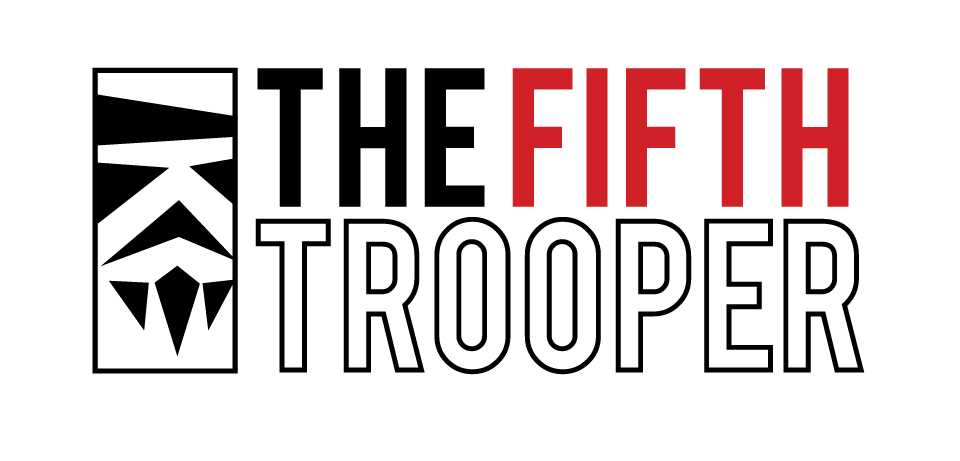
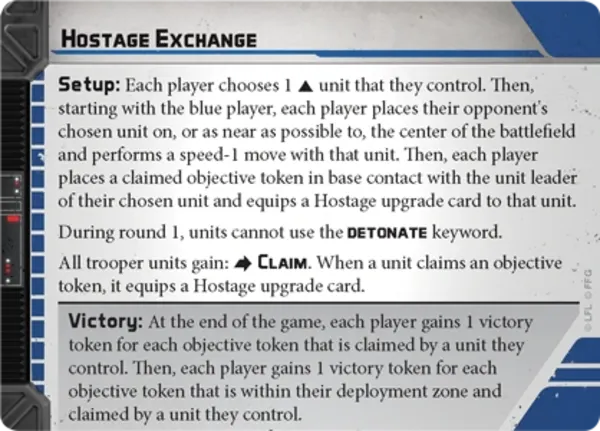
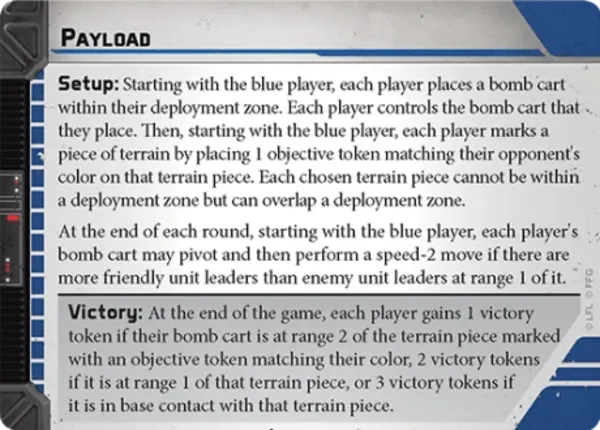
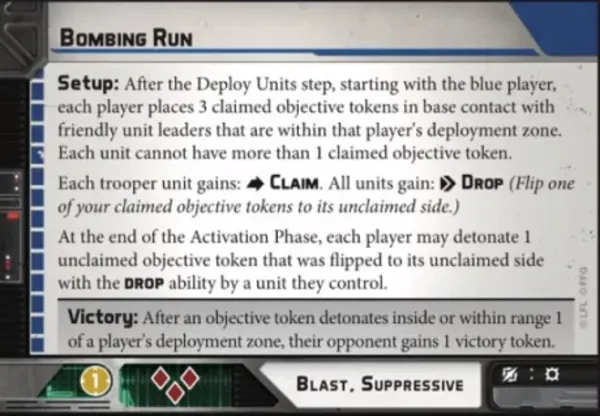
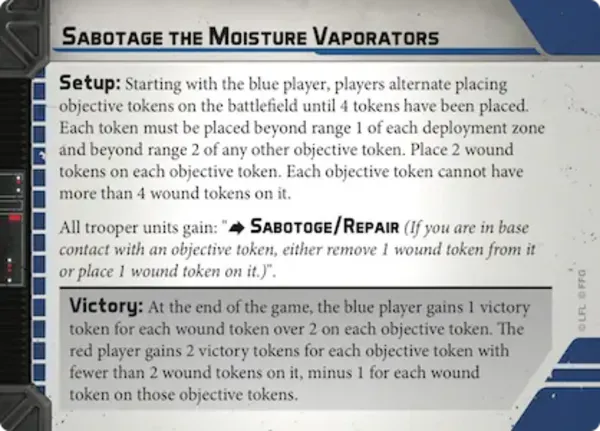
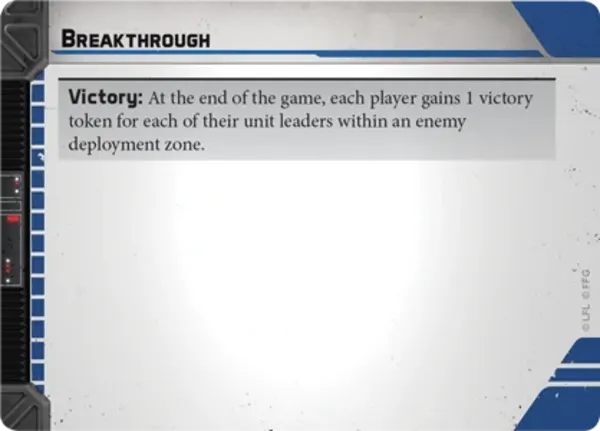 *
*